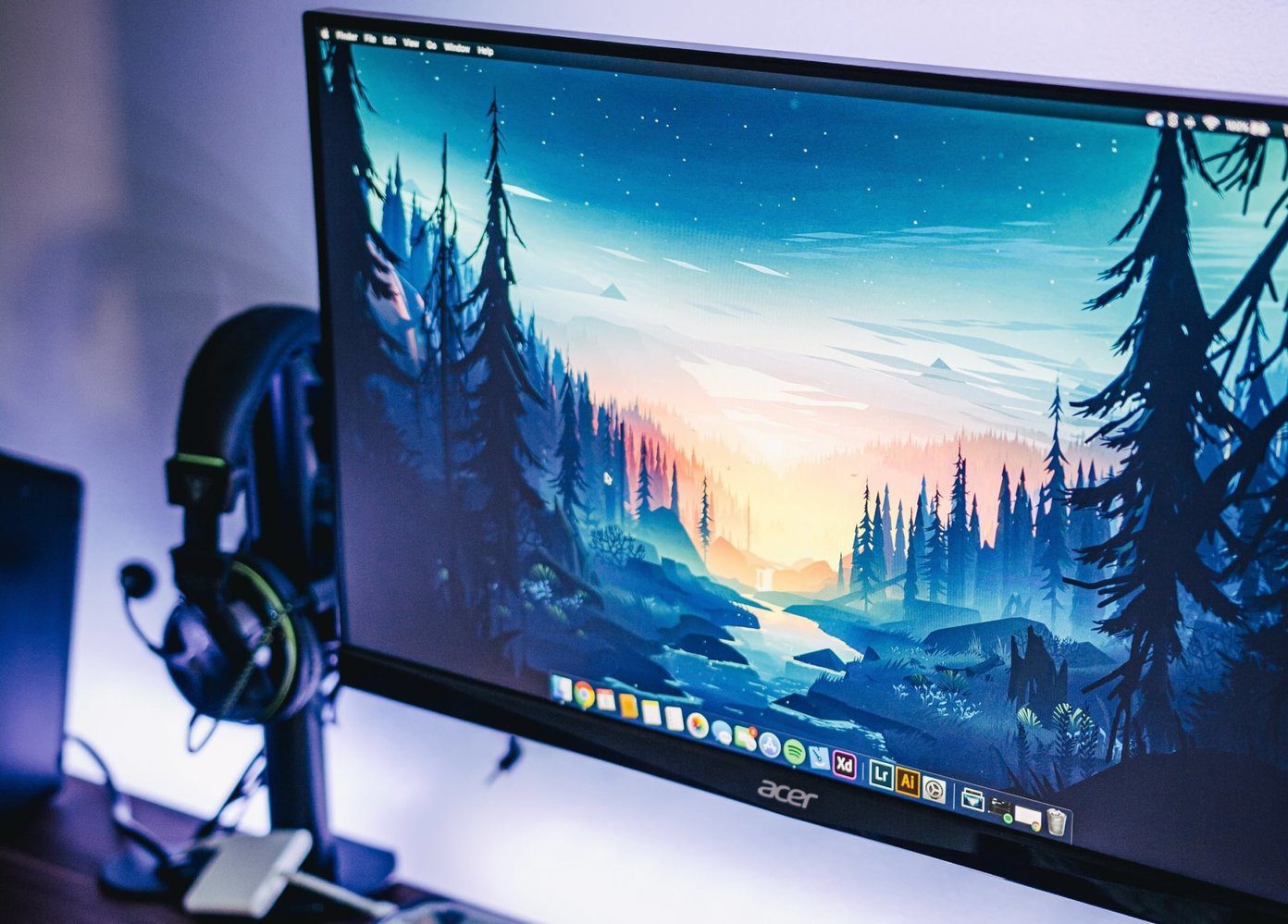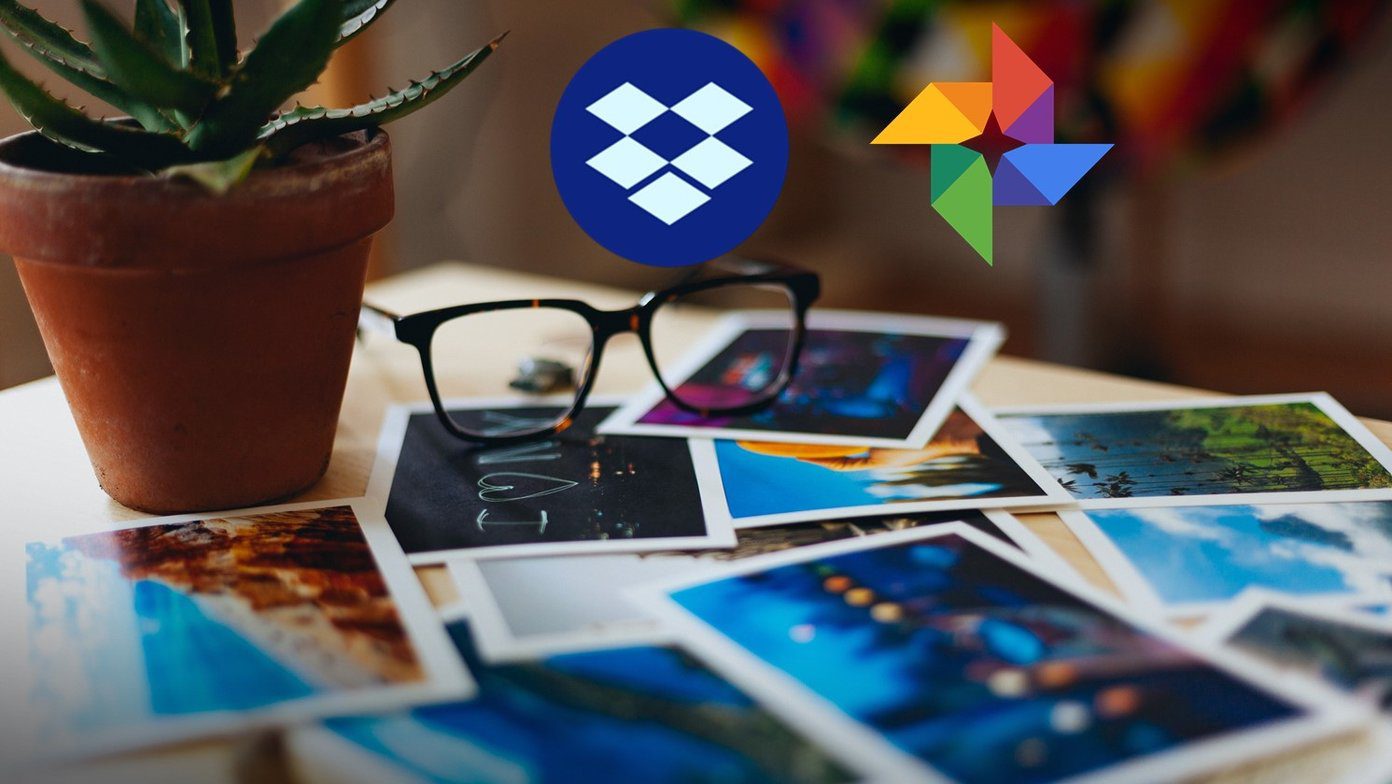The iPhone users don’t need to invest in Type-C to Lighting cable as they can always use Airdrop to send a file from mobile to Mac. It’s the Android ecosystem where the confusion starts. As you may already know, most Android phones come with USB-A to Type-C cables while the media transfer between an Android and a Mac requires Type-C to Type-C cable. You may either invest in a dongle or buy a Type-C to Type-C cable. But what if you forget to carry those with you? In that case, you can always use the tricks below to get things done. We have already covered the ways to transfer photos from iPhone to Windows. In this post, we will cover the ways to send media from Android to Mac. We will cover both online and offline ways to perform the transfer. Let’s get started.
1. Google Photos
Google Photos is one of the best products coming out of Google headquarters in recent years. It offers unlimited photos backup to the Google cloud and AI tricks to auto-organize the memories. Users can upload the pictures and videos to Google Photos and download them on Mac using the Google Photos Web. Here is how to do it. From your Android device, open Google Photos > Settings > Backup & sync > and switch on the toggle for backup. You can also go into the albums menu and manually select the albums that you want to store on Google Photos. Now open Mac and visit Google Photos web on any browser. Select photos and tap on the three-dot menu above. Choose download or use the keyboard shortcut (Shift + D) to download them on Mac. Additionally, one can also use Google’s excellent backup & sync tool to keep the sync of photos between Android and Mac. For a quick exchange, I recommend the web option. Download Google Photos for Android
2. OneDrive
There is a section of users who don’t opt for Google services due to privacy reasons. In that case, you can always use third-party cloud storage from OneDrive, Dropbox, and Box, OneDrive is an excellent alternative to Google, as Microsoft offers a rather generous 1TB of storage with every Office 365 plan. You can use the service to transfer data from Android to Mac. First, download the OneDrive app from the Play Store. Select photos that you want to transfer and share them with the OneDrive app. After uploading the photos to OneDrive, open the OneDrive web on Mac, and find the location where you uploaded the pictures. Select them and tap on the download button to start the process. Microsoft also offers a OneDrive Mac app from the App Store. Users can download it and sync the folders between Mac and mobile devices. Download OneDrive for Android
3. Xender
The above two ways involve sending data to third-party and internet support to work. Now, we will talk about offline ways to get things done. Let’s start with Xender. Xender is one of the well-known software to transfer media, apps, and files from one device to another. It also has a web version to support PC and Mac. First, download Xender on your Android phone. Open the app and tap on the ‘+’ button at the upper right corner. Select Connect PC. Now go to the Xender web on Mac and the homepage will ask you to scan a QR code from mobile. Revert back to mobile and tap scan to manually scan the code on the computer screen. All your media files are displayed on the Xender web. Go to pictures or videos and select files and tap on the download button at the upper menu. You can also add files back to your Android phone using the drag and drop function. Just select files and drag them to the Xender web on Mac. It will be transferred to the Android Xender folder on mobile. Download Xender for Android
4. Firefox Send
Firefox, mostly known for its browser offering, is adding useful tools on top of it. Firefox Lockwise is an excellent password manager for its loyal users. Last year, the company announced Firefox Send service to send out up to 2.5GB of file among devices. Here is how it works. First, download the Firefox Send app on your Android device. Open the app and sign in using the Firefox account credentials. Tap on the ‘+’ icon and it will allow you to select files from the file manager, Google Photos, and online storage services. Select the media that you want to send and Firefox Send will upload the files to its server and create a secure end-to-end encrypted link. There are multiple ways to secure the link though. You can set it to expire after 1-100 downloads or after a certain time. Users can also set the password to link before sending out to others. Now open the Firefox Send on the web and sign in using the same account as the mobile. The generated link will be already there for you to download the content on the Mac. You can also upload files from Mac using the Firefox Send and the media files will be available to download from the mobile device. Download Firefox Send for Android
Make the Hassle-Free Transfer
Android lacks a capable Airdrop alternative for Mac users. But that shouldn’t limit the users to quickly send the data from their phone to Mac. Using the tricks above, one can easily send files with both online and offline ways. As for me, I have been using Firefox Send to transfer media files among my Pixel XL, MacBook Air, and even home PC. Next up: One can upload the Android device folders to OneDrive folders too. Read the post below to see how to do that. The above article may contain affiliate links which help support Guiding Tech. However, it does not affect our editorial integrity. The content remains unbiased and authentic.





















